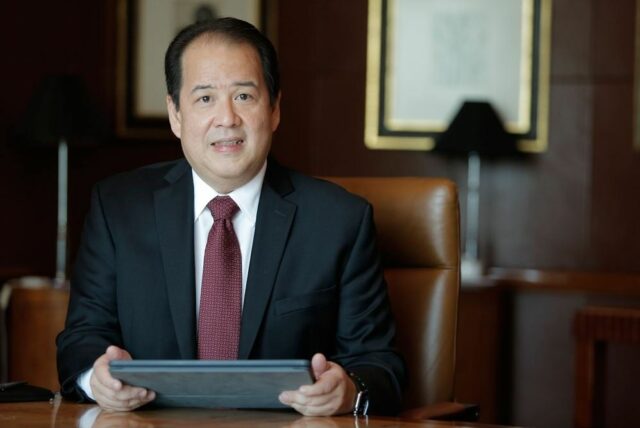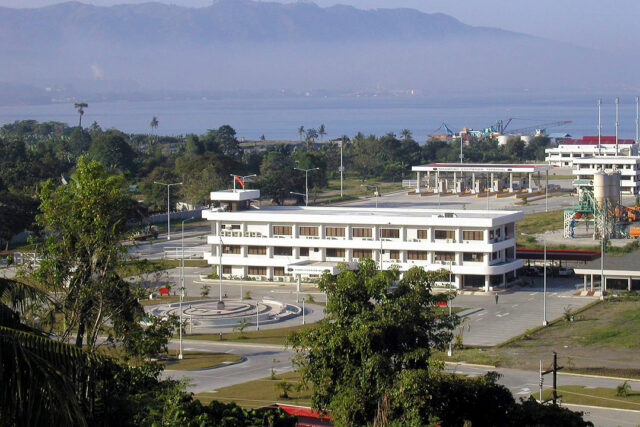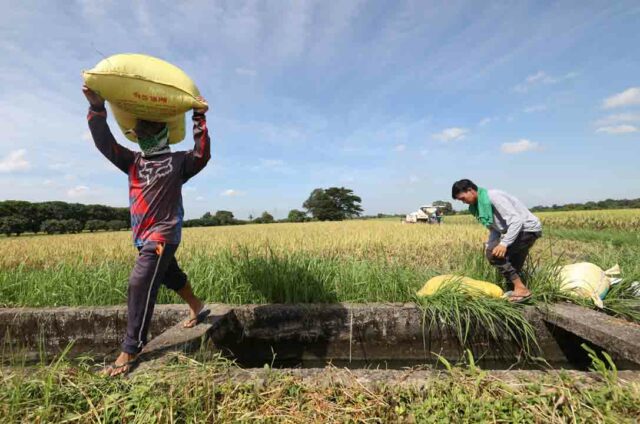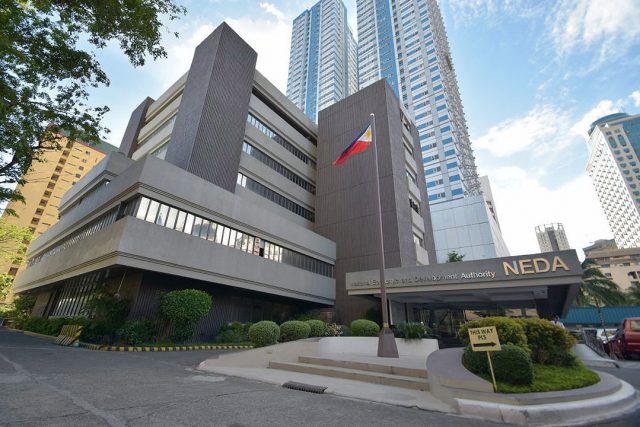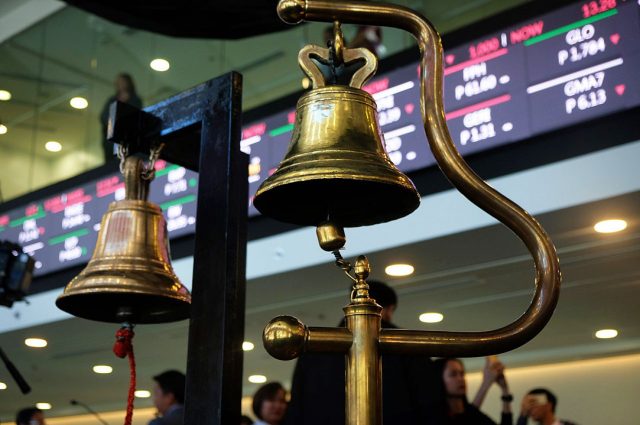The government has been pushing to attract more investors for the Philippines to become more competitive with other ASEAN countries. Recent tax laws are trying to keep up with the digital world, where convenience and simplicity are paramount. Government agencies are upgrading their systems to accommodate the clamor for expedited processes.
One of the matters that taxpayers and investors want to address is the challenging VAT refund process. While we recognize that taxes are the lifeblood of the government, which justifies strict VAT refund rules, we also need to recognize that there is still room for improvement on how to make the refund process less taxing.
To be fair, several laws have been passed showing that the government is serious about making things easier for investors. One important law is Republic Act 12066, or the Corporate Recovery and Tax Incentives for Enterprises to Maximize Opportunities for Reinvigorating the Economy, also known as the “CREATE MORE” Act, which was signed into law on Nov. 11.
One of the main features of CREATE MORE is the amendment of Section 112 of the National Internal Revenue Code (NIRC), which outlines the new process for VAT refunds. Pursuant to this, the BIR issued Revenue Regulation (RR) 10-2025 on Feb. 25 and Revenue Memorandum Circular (RMC) 30-2025 on April 10. These regulations were issued to implement the VAT provisions of CREATE MORE. In addition, RA 12079, an act creating a VAT refund mechanism for non-resident tourists, was signed on Dec. 6.
Essentially, these laws cover three types of VAT refunds. First, a refund of input VAT of a taxpayer which is related to zero-rated sales and effectively zero-rated sales. The law provides that any VAT-registered person whose sales are zero-rated or effectively zero-rated may, within two years after the close of the taxable quarter when the sales were made, apply for the issuance of a tax credit certificate or refund of creditable input tax due or paid attributable to such sales, except transitional input tax, to the extent that such input tax has not been applied against output tax.
Second, the refund of input VAT arising from (a) cancellation of VAT registration and (b) cessation or dissolution of business. For VAT refunds due to cancellation of VAT registration, the claim must be filed within two years from the date of cancellation and the taxpayer application for the issuance of a tax credit certificate or cash refund for any unused input tax which may be used in payment of his other internal revenue taxes, or apply for a refund for any unused input tax. For cancellation of registration due to cessation or dissolution, the taxpayer may claim within two years from the date of the issuance of the BIR tax clearance.
Third, the VAT refund on locally purchased goods of non-resident tourists under RA 12079. The law requires the government to engage the services of one or more reputable, globally recognized, and experienced VAT refund operators that will provide end-to-end solutions to establish and operate the refund system for tourists. The details are covered by separate Implementing Rules and Regulations (IRR) of RA 12079 issued by the Department of Finance (DoF), the BIR and Bureau of Customs (BoC). As yet, the BIR has not issued the detailed rules and regulations outlining the requirements for the processing of VAT refunds.
It is noteworthy that the regulations indeed specified and simplified the documentary requirements for a taxpayer refund claim, and it appears that the taxpayer is no longer required to submit documents which are already in the BIR records. However, note that certified true copies of invoices/receipts must be submitted to the BIR, as this will be forwarded to the Commission on Audit (CoA) if the claim is approved for refund. Note further, that the original copies must be presented still to the BIR for stamping with “VAT refund claimed.” Hence, the taxpayer must be meticulous in keeping these documents.
The VAT refund related to zero-rated sales and effectively zero-rated sales are quite clear. However, I wish to highlight one of the requirements when a corporate taxpayer which closes its business opts to file for a refund of input VAT. The BIR requires the submission of the Certificate of Dissolution from the Securities and Exchange Commission (SEC). To note, the regulation provides that in case of VAT refund due to cessation of business, the two-year period within which to file the refund is counted from the date of issuance of the BIR clearance. Note that in case of dissolution, a corporation has several options to dissolve. Some corporations opt for shortening the corporate term. One mode is when the effective date of dissolution is more than one year from the date of application with the SEC. The other mode is when the effective date of dissolution is less than one year from the date of application.
If the corporation decides to dissolve with the effectivity of dissolution of more than one year from the date of application, the SEC will issue the duly approved certificate of filing of amended articles of incorporation prior to the date of dissolution. In this case, a corporation which intends to file for a VAT refund will be able to comply with the requirement of the BIR to submit an equivalent to a certificate of dissolution.
However, if the taxpayer corporation decides to dissolve the entity with an effectivity of less than one year from the date of application, the SEC usually requires the presentation of a tax clearance. In this scenario, the taxpayer will have to go through the process of securing tax clearance before it can secure the Certificate of Dissolution or the duly approved certificate of filing of amended articles of incorporation from the SEC. Here, the taxpayer must consider the timeline and the resources that they need to fully execute the dissolution, including the refund process. Securing tax clearance is challenging and usually takes years, as the BIR needs to conduct mandatory audits, if applicable.
On top of the challenges in securing tax clearance, note that there is still the possibility of denial; hence, the taxpayer corporation must also factor in the requirements when appealing its case to the courts. Court cases in the Philippines usually take years to be fully resolved, since both the taxpayer and the BIR elevate these matters up to the Supreme Court. There will be technicalities that need to be considered as well in terms of documentary evidence and witnesses.
The government’s effort to simplify the VAT refund process is commendable; however, a corporation which is on the verge of dissolution must check at the onset if the filing of a VAT refund is indeed simple and worth claiming.
Let’s Talk Tax, a weekly newspaper column of P&A Grant Thornton that aims to keep the public informed of various developments in taxation. This article is not intended to be a substitute for competent professional advice.
Gemmalu O. Molleno-Placido is a senior manager from the Tax Advisory & Compliance Practice Area of P&A Grant Thornton, the Philippine member firm of Grant Thornton International Ltd.
business.development@ph.gt.com


